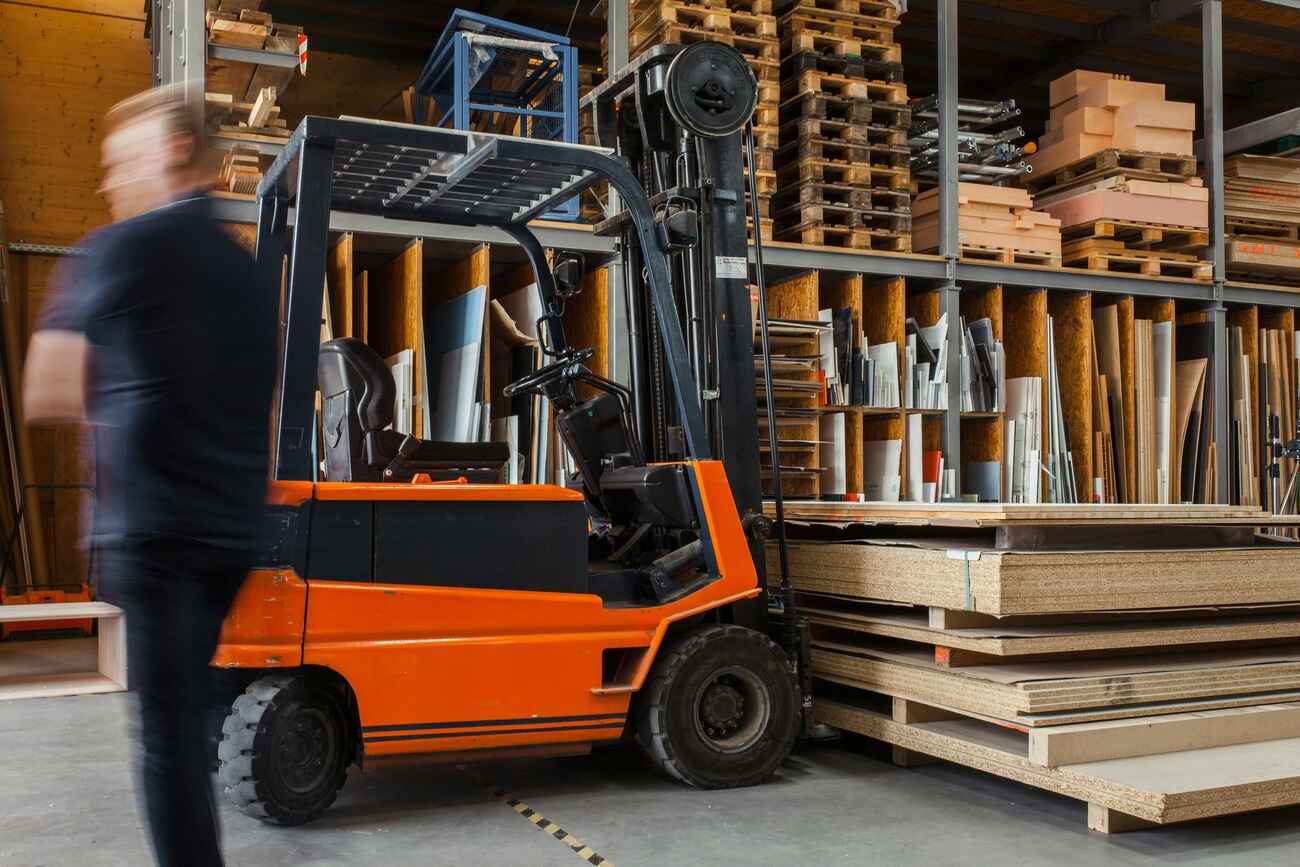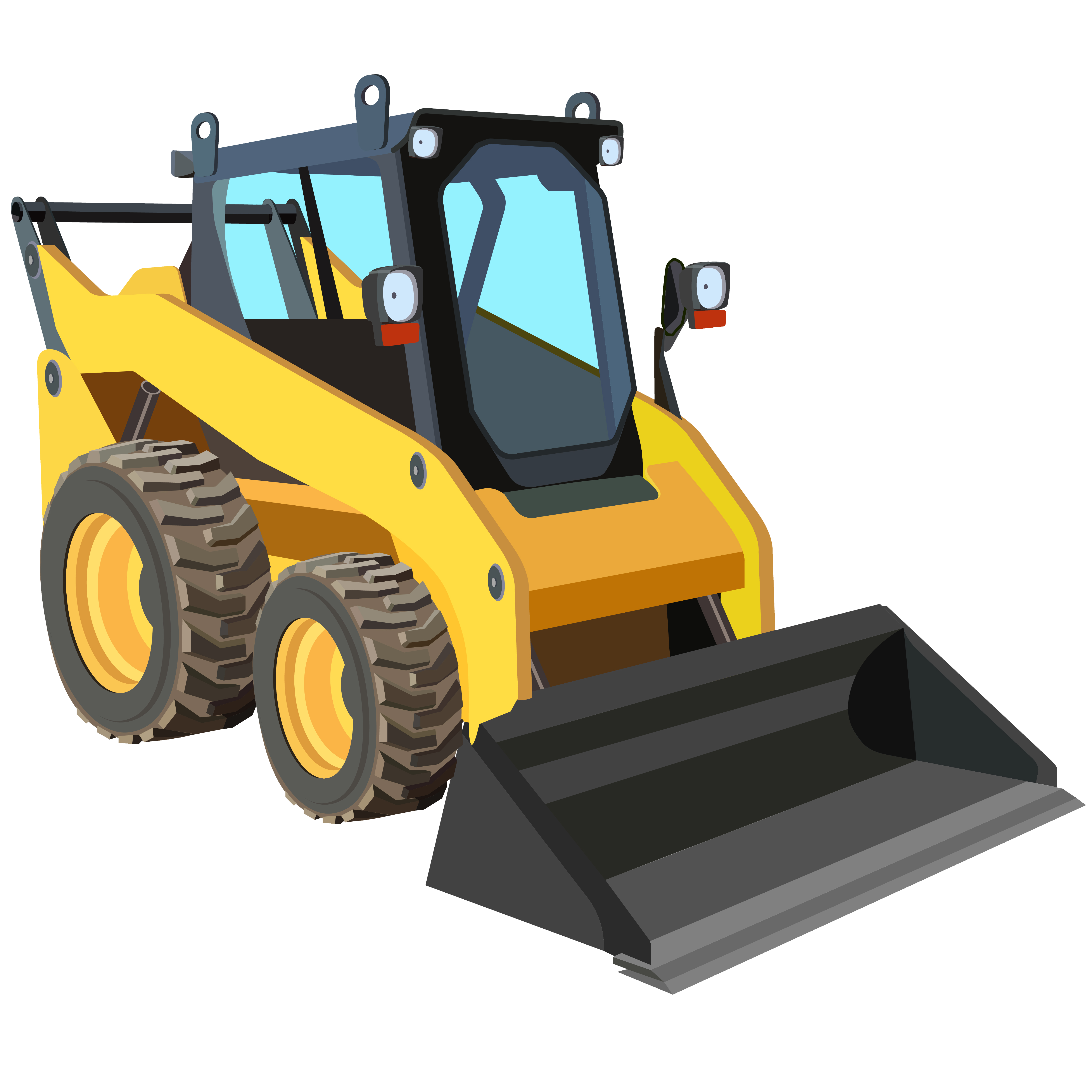Call or WhatsApp today for a free quote : +1 (416) 660-5054

Forklift Safety 101: Essential Tips to Prevent Accidents
Forklifts are the workhorses of warehouses and construction sites, tirelessly lifting, transporting, and stacking materials. However, their immense power and size also pose significant safety risks. According to the Occupational Safety and Health Administration (OSHA), forklift-related accidents account for a significant portion of workplace injuries.
But fear not! By prioritizing safety and adhering to essential protocols, forklift operation can be a safe and productive endeavor. Here’s a comprehensive guide to forklift safety 101, packed with tips to prevent accidents and keep everyone on the jobsite safe.
Before You Operate: Pre-Operation Checks
Treat every shift as if it’s your first. Before hopping on a forklift, perform a thorough pre-operation check. Here’s a checklist to follow:
- Visual Inspection: Look for any leaks, damage to tires, forks, or mast, and ensure all warning lights and alarms are functioning correctly.
- Seatbelt and Controls: Fasten your seatbelt and ensure all controls, including the brakes, steering, horn, and hydraulic levers, operate smoothly.
- Load Capacity: Verify the weight and distribution of the load you’ll be carrying. Never exceed the forklift’s rated capacity.
- Surroundings: Check for any obstacles, pedestrians, or uneven surfaces in your path of travel.
Mastering the Maneuver: Safe Operation Practices
Once you’ve confirmed everything is in order, it’s time to operate the forklift. Here are some key safety principles to follow:
- Travel at a Safe Speed: Maintain a slow and controlled speed, especially when turning corners, on uneven surfaces, or with a raised load.
- Maintain a Safe Distance: Keep a safe distance from pedestrians, other vehicles, and walls or shelves.
- Load Handling: Ensure the load is centered, balanced, and securely secured on the forks before lifting. Tilt the mast backward for added stability while traveling with a load.
- Visibility Matters: If your view is obstructed by the load, travel in reverse or use a spotter to guide you.
- Beware of Overhead Hazards: Always be aware of overhead clearances, power lines, and doorways to avoid collisions.
Forklift Etiquette: Sharing the Space Safely
Forklifts aren’t the only players on the jobsite. Here’s how to ensure everyone stays safe when sharing the space:
- Pedestrian Awareness: Pedestrians have the right-of-way. Sound your horn at corners and blind spots, and always yield to foot traffic.
- Communication is Key: Maintain clear communication with other workers, especially when operating in confined spaces. Utilize hand signals to avoid misunderstandings.
- Designated Areas: Only operate forklifts in designated areas, and adhere to traffic flow patterns.
Safety Beyond the Operator: A Shared Responsibility
Forklift safety extends beyond the operator. Here are some additional tips for a safer work environment:
- Training and Certification: Only trained and certified operators should be permitted to operate forklifts.
- Regular Maintenance: Schedule regular inspections and maintenance for your forklifts to ensure they are in optimal working condition.
- Workplace Signage: Post clear signage around the workplace to highlight designated forklift traffic zones, speed limits, and weight restrictions.
- Personal Protective Equipment (PPE): Operators should wear appropriate PPE like hard hats, safety glasses, and sturdy footwear.
The Bottom Line: A Commitment to Safety
Forklift safety is not a suggestion; it’s a necessity. By prioritizing the tips outlined above, you can significantly reduce the risk of accidents and create a safer work environment for everyone. Remember, a few moments of caution are far better than a lifetime of consequences.
Building a Culture of Safety
Safety is a shared responsibility. Employers have a duty to provide proper training, maintain equipment, and enforce safety protocols. Employees, meanwhile, must be committed to safe work practices and report any unsafe conditions.
By working together, we can ensure that forklifts remain the workhorses of our construction sites and warehouses, not a source of preventable accidents. Let’s all play our part in building a culture of safety on the jobsite.

